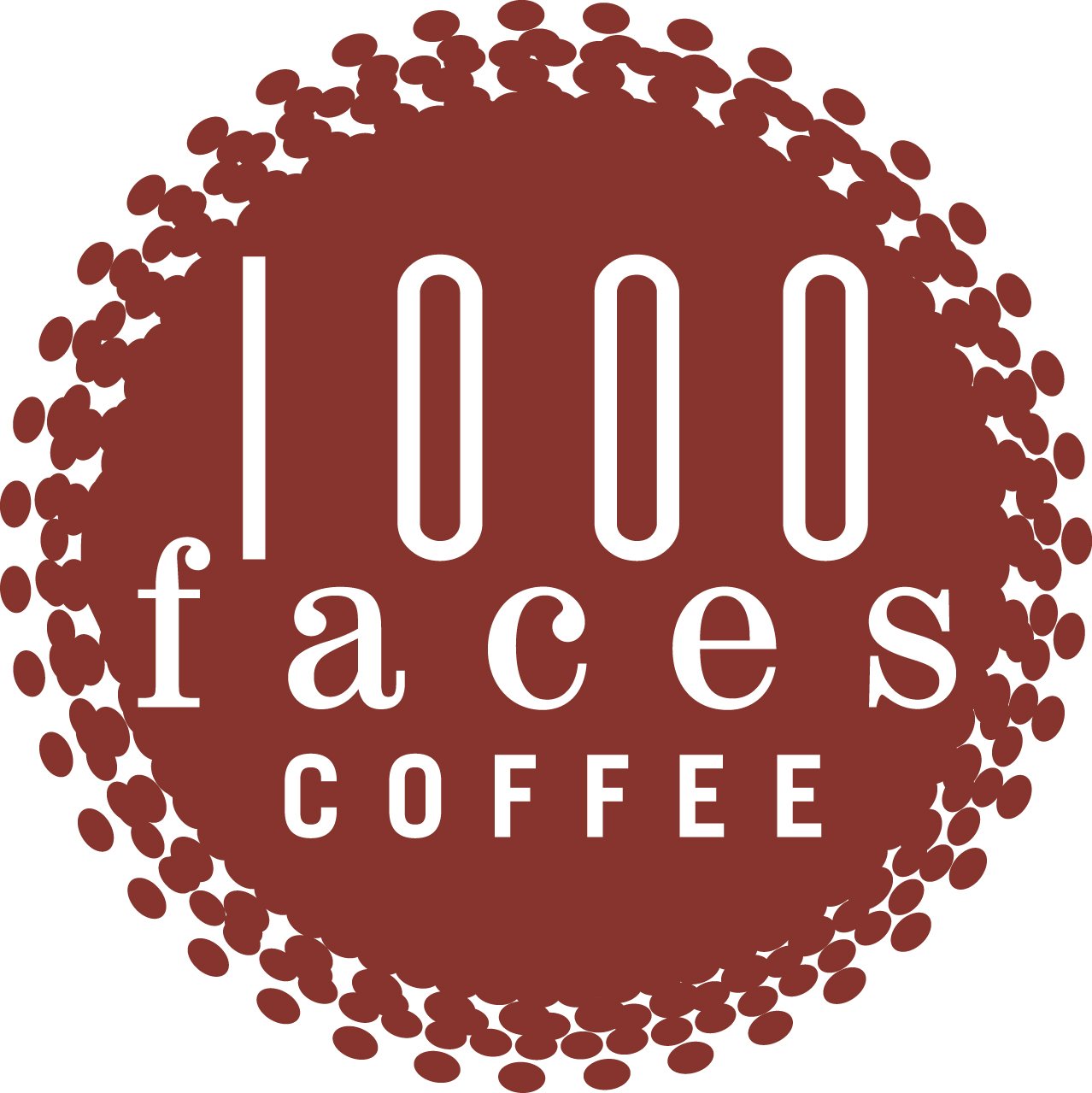Each brew method is scalable up or down! Remember to keep the ratio of coffee:water the same and aim for the same total brew time. If trying to scale up to a larger brew, you will need to grind a bit coarser and brew times may be a little longer. If trying to scale down to a smaller brew, you will need to grind a bit finer and brew times may be a little shorter.
Coffee brewing is all about extraction - pulling flavors out of the dry grounds and into the liquid brew. Depending on your grind size, you will be able to extract more or less. If your brew tastes sour, grassy, or lacking sweetness, try grinding finer. If your brew tastes bitter, drying, or astringent, try grinding coarser.
The coffee:water ratio you choose is all about your desired strength - how many solid compounds are pulled into the liquid brew. This directly correlates to how heavy or weighted the coffee will feel in your mouth. If your brew tastes too weak, muted, or dilute, try increasing your dry dose and adding more coffee. If your brew tastes too intense, sticky, or thick, try decreasing your dry dose and using less coffee.
For manual pour over methods: try to never pour directly on the edges where the filter meets the wall of the brewer! This could potentially allow water to bypass the coffee grounds and unnecessarily dilute the final brew.
For manual pour over methods: as the brewer gets full, try matching the flow rate of your pour with the rate that the coffee is leaving the bottom of the brewer.
Small cone shaped brewers (e.g. Hario V60) will generally require a slightly finer grind size than flat bottom brewers (e.g. Kalita Wave).
510 North Thomas Street
Athens, GA, 30601
706.534.8860
1000 Faces Coffee is a coffee roaster, merchant of change, and voyager of the agrarian spirit.
Your Custom Text Here

